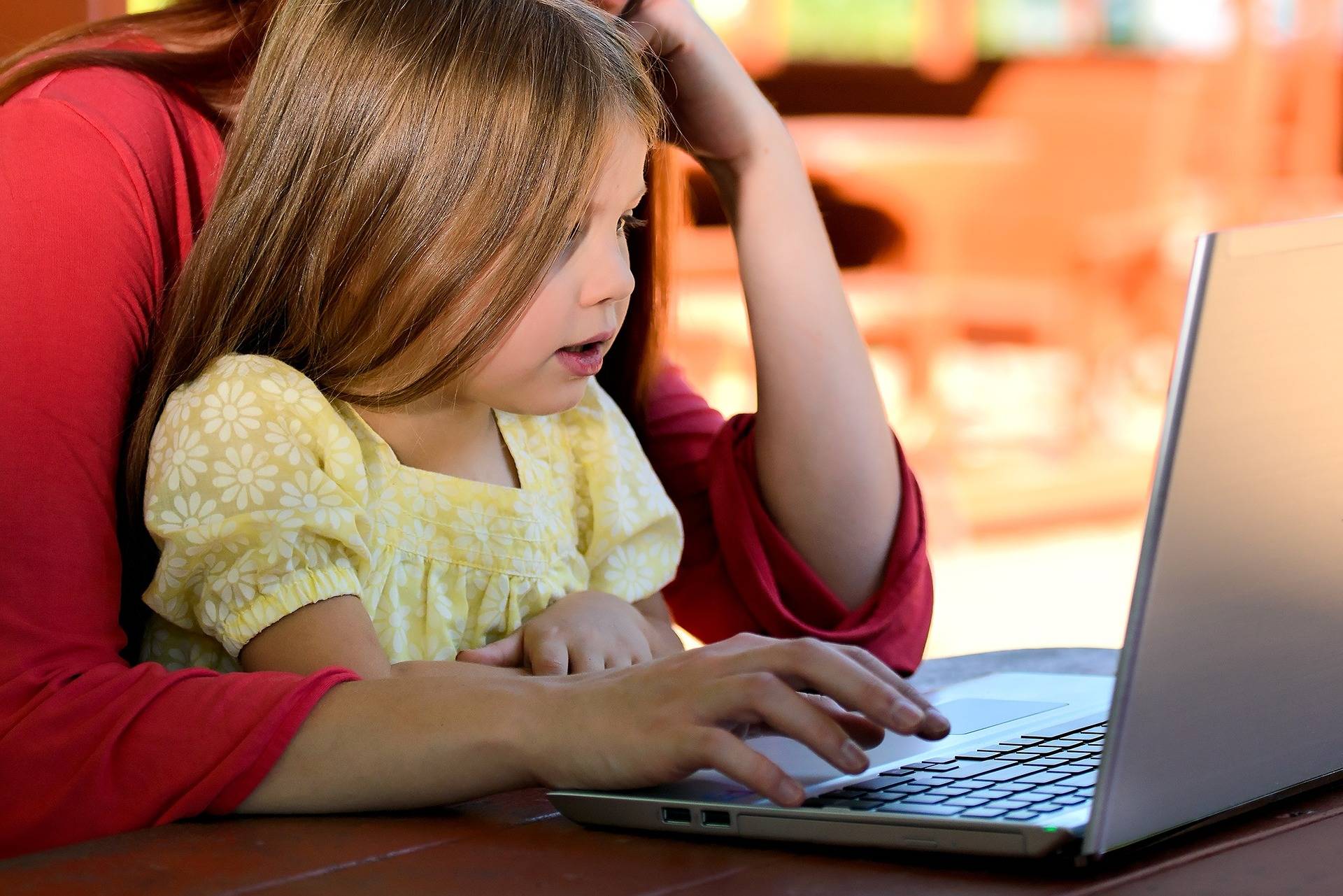Submitted by San Juan County
As we head into the second half of August, local public and private schools are pursuing a range of options for the start of the school year.
This article will not be addressing the specifics of school reopening plans- that will come directly from school leadership. The focus here is advice and information for families who are considering ways to enhance or modify the learning options offered by schools- specifically by developing home school options or building small groups of students (or “pods”) to collectively participate in online schooling.
First off, we want to recognize the widespread challenges caused by this crisis and the disruption of traditional learning. The impacts and stress are indescribably widespread. Schools and families are in the very challenging position of balancing educational and social-emotional needs with public health needs, and unfortunately, all solutions come with significant compromise. Compassion, creativity, and dedication have been front and center throughout this difficult time, but nothing about it is easy.
While the offerings from our island schools will meet the needs and wants of many children and families, some local parents are exploring and implementing new approaches to support their child’s learning. That sort of island ingenuity and problem-solving is something to be grateful for, as long as community health impacts are carefully considered.
Below are guidelines that will help ensure that all efforts are thoughtful and ensure community health:
Note: these guidelines are for informal home-based efforts. Licensed childcare facilities and schools have detailed requirements that guide their operations.
GROUP SIZE: Phase Two requirements limit us to 5 contacts from outside of our household each week. A more conservative and safer approach to any shared learning solution is limiting the number of children gathering to 2 or 3. Keeping our “bubbles” as small as possible is essential.
MOBILITY: Some plans may include rotating a group of students between family homes on a daily or weekly basis. The safest option is to choose a single location and avoid carpooling or having children from multiple households riding in cars together. While students may mix and return home, the risk is increased by having multiple locations of close household contact.
COMMUNICATION: Parents need to be direct and transparent in their communication with other families. What is the exposure from other family members? What is their travel history? Are they following guidelines around face coverings and other safety measures? Don’t be shy about having difficult conversations and making hard decisions to ensure the safety of your family and the community. This is not, in any way, an attempt to embarrass or put anyone on the spot, rather, this discussion is meant to be a positive evaluation for all families creating and possibly participating in a learning pod.
The more often we have these conversations, the easier they will become. And let’s face it, these conversations are going to be a part of our lives for a while longer, so it’s a great time to keep those honest conversations flowing. And it’s good role modeling for our children!




